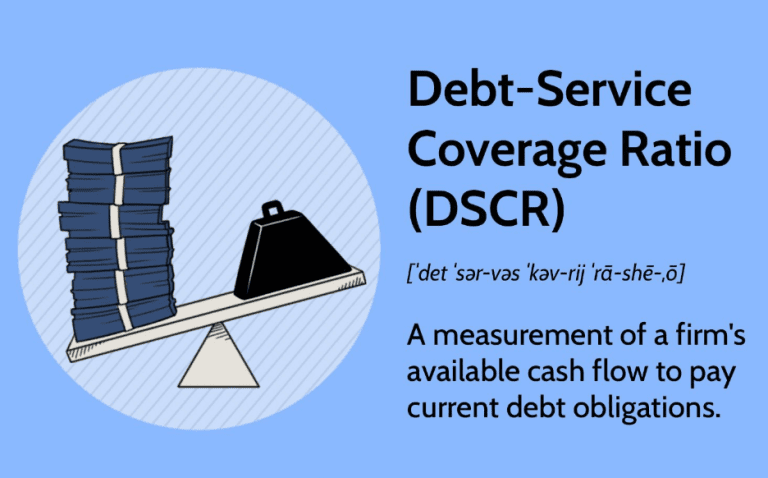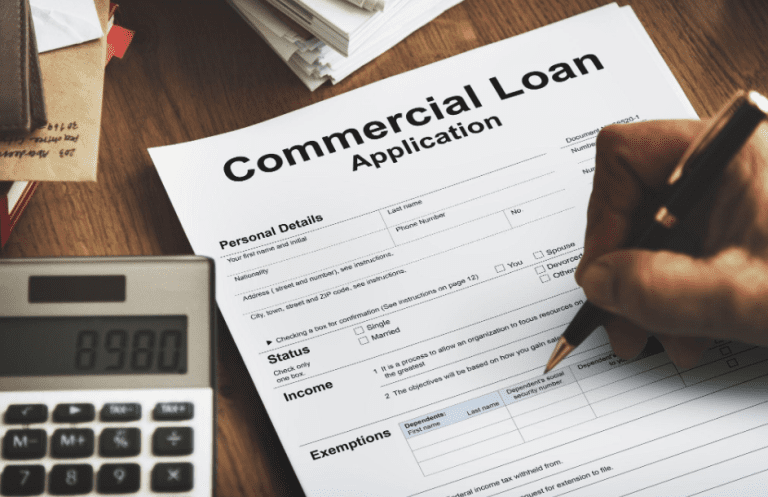NFT Marketplace Development: A Step-by-Step Guide

The trends initiated by the digital revolution affect not only art and purchasing of collectibles but also the notion of ownership. The uprise of Non-Fungible Tokens (NFTs) is at the epicenter of this shift. Yes, NFTs have introduced a novel platform for buying, selling, and trading digital properties to the door of artists, art collectors, and businessmen alike. For those who are eager to plunge into this fascinating universe, the creation of an NFT marketplace may become your next project.
Here is a detailed guide on how to start your own NFT marketplace development and sell those NFTs for profit.
1. Understand the Basics
This leads me to the first point to understand before venturing into the development of NFTs, and that is what is an NFT or an NFT marketplace? NFTs a type of digital tokens that are singular and have their authenticity confirmed through the use of a blockchain. Again, while bitcoin and similar assets are standardized tokens that can be traded in units like any other token, NFTs are unique. Some of the assets they can symbolize include art, music, virtual land, computer games, and other forms of digital properties.
An NFT marketplace is thus an online market that facilitates the creation, selling, buying and exchange of these NFTs. In simpler terms, it is similar to an auction house or art gallery but for content or files saved on the internet.
2. Define Your Objectives
Define the objective of your NFT marketplace. Do you target purely digital artwork and collectibles like glyphs, in-game items, virtual land plots, or is it a different type of business? Your target audience and goals will help in most aspects of design, functionality, and added features.
3. Choose the Blockchain
NFTs are based on blockchain technology. There are several forms of the blockchain and each can have different features and benefits. Given the excellent smart contract performance, Ethereum remains the most famous blockchain for NFTs, with BSC, Flow, and Polygon as potential alternatives.
Considerations for choosing a blockchain include:
Transaction Costs: There are some blockchains with comparatively lower fees than the others.
Speed: Reduced time of transactions can improve user experience.
Scalability: Make sure the capability of the blockchain architecture can accommodate increasing number of users.
Community Support: Good community can help or offer assistance.
Choose the structure of a marketplace
User Interface (UI): The portion of the website that the users can navigate and even engage into a transaction with visually.
User Experience (UX): How effective the user interface is in making it easy for the user to find what they are looking for.
Smart Contracts: Smart contracts: a set of codes on the blockchain that facilitate and validate self-executing transactions for NFTs.
Database: Serves as a repository for the user data, the tokens, and the transactions.
Develop Smart Contracts
NFTs are produced through smart contracts that facilitate their operations. They make sure that NFTs are authentic and cannot be counterfeited or modified in any way.
Minting: The process of minting a new NFT.
Buying and Selling: How exchanges take place and how their authenticity is checked.
Royalties: To ensure that the creators are paid a proportion of future royalties.
It is crucial to note that if you are new to smart contract development, you need a blockchain developer or use the template and framework for easier creation.
Build the Marketplace
But now, with the basic concepts of architecture and smart contracts, you can begin to create the marketplace itself.
Frontend Development: Designing the site’s clickable elements in languages such as Hypertext Markup Language (HTML), Cascading Style Sheets (CSS), or JavaScript. A more fluid and interactive design can be achieved using frameworks like React or Angular.
Backend Development: Implementing servers, databases, and APIs for managing data and processing the data transactions. Some of the commonly used backend technologies are Node. pf, js, Ruby on Rails, and Django.
Integration: Interlinking the frontend and the backend systems to operate optimally. This involves working with blockchain platforms to manage NFT transactions.
Implement Wallet Integration
It is also important for users to be able to track the digital assets they purchase, tokens or NFTs as well as their cryptocurrencies. Include widely used third-party wallets such as MetaMask, Trust Wallet, or Coinbase Wallet. With these wallets, users can safely store and manage their digital coins and tokens.
Add Features
Search and Filter: to further encourage a search for specific nfts or categories of nfts.
Auction System: If you want to incorporate bidding functionality.
Portfolio Management: It is an application where users can access and control different utility tokens in the form of NFT.
Test Thoroughly
When making a release, ensure that it has been adequately tested so that you can correct any bugs or problems that may be present.
Functionality Testing: Check if all the added features are functional and do not interfere with the normal operation of the application.
Security Testing: Safeguard against risks and guarantee that customers’ information will not be compromised.
Performance Testing: See how well the site holds up in visitor traffic.
Launch and Market
In the last step, it is advised that once testing is done and all systems are go, then it is time to launch the marketplace. Notify and advertise it through different platforms, including social media, broadcasts, newsletters, and collaborations with content creators in the sphere of NFTs.
Monitor and Improve
After the launch, there is need to make constant evaluation of the marketplace on how it is performing. Assess whether or not clients are happy and make adjustments accordingly. Continuously enrich the platform with new functionalities, improving its security, and optimizing user experience.
Conclusion
Establishing an NFT marketplace is an exciting business idea that incorporates technology, arts, and commerce. With the foundation of NFTs and setting up achievable goals, selecting an appropriate blockchain development, and a systematic development approach outlines, you can build an efficient platform in the constantly evolving world of NFTs. By applying these considerations, your marketplace has the potential to become a rich arena for digital creators and collectors.



